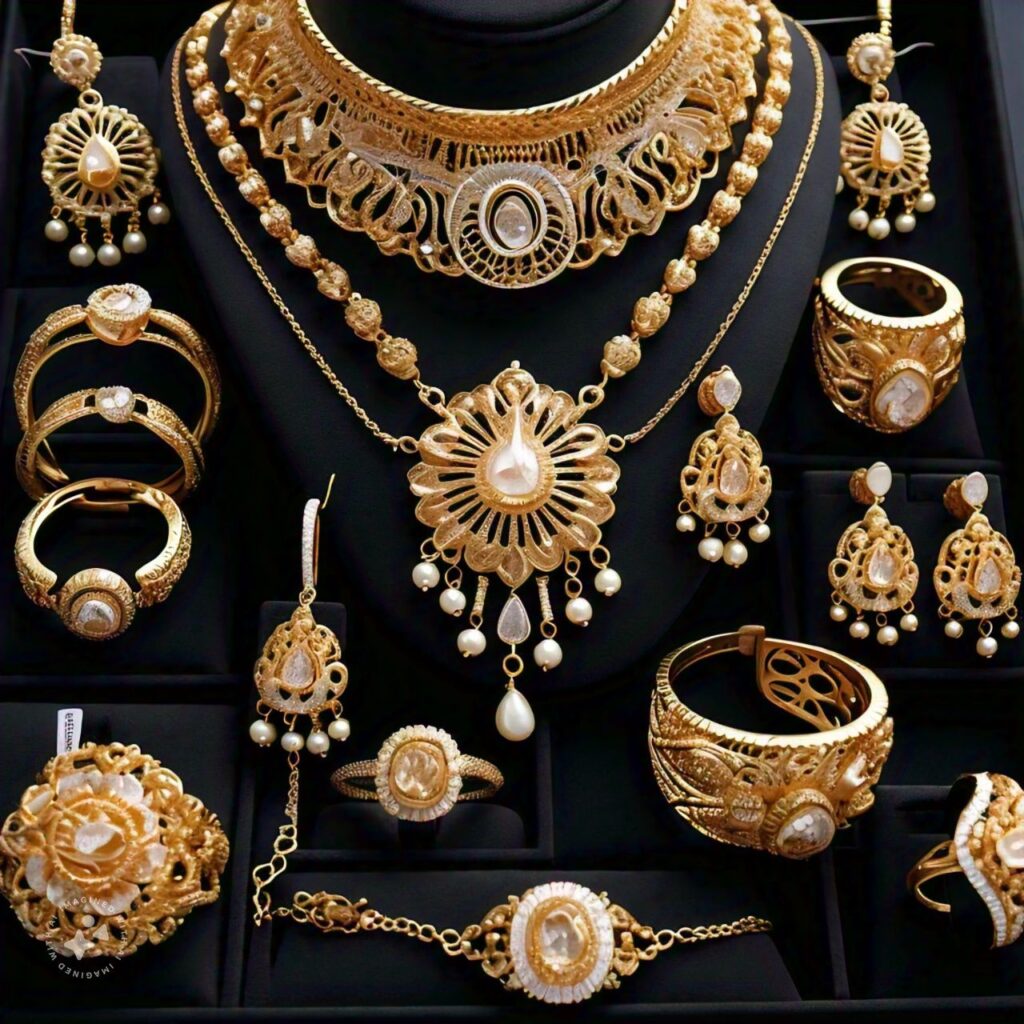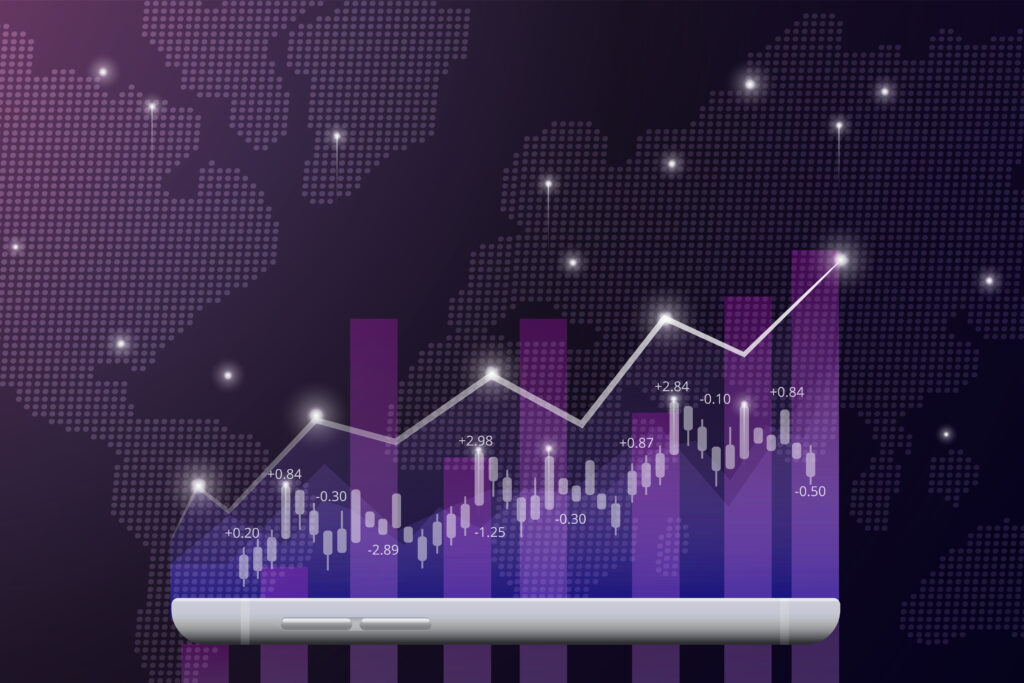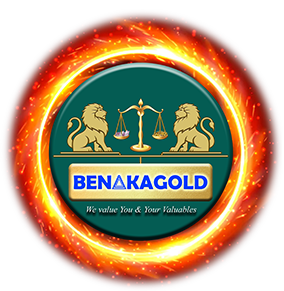
Maximizing the Value of Jewelry :Importance of Purity Testing and Stone Valuation Jewelry holds more than just aesthetic appeal; it’s often a significant financial and emotional investment. Whether passed down through generations or newly purchased, its value can fluctuate based on several factors. To maximize the value of your jewelry collection, you must understand key factors like purity testing and stone valuation. These processes reveal the true worth of your metals and gems and guide you to make informed decisions when buying gold, selling gold for cash, or insuring your precious pieces.
Purity testing, especially for metals like gold, silver, and platinum, plays a pivotal role in determining the worth of your jewelry. On the other hand, stone valuation assesses the value of the gemstones, considering their type, quality, and rarity. Together, these elements can significantly influence the overall value of your jewelry. Let’s delve deeper into the importance of these practices and how they help maximize your collection’s value.
Understanding Jewelry Purity Testing
Purity testing is the process of determining the exact content of precious metals in jewelry. The higher the purity of the metal, the greater its value. For instance, gold comes in various purities, commonly expressed in karats. Pure gold, also known as 24K gold, is 100% gold, while 18K gold contains 75% gold and 25% other metals. The higher the karat, the more valuable the piece.
Accurate purity testing is crucial not only when purchasing jewelry but also when reselling or insuring it. Knowing the precise purity helps ensure that you’re getting a fair deal. For Gold buyers, it protects against counterfeit or low-quality pieces. Sellers, meanwhile, can confidently set competitive prices. Both parties need accuracy to avoid deception, since some pieces may look similar but differ greatly in intrinsic value due to varying purity levels.
There are several methods for purity testing, including touchstone testing, acid tests, and X-ray fluorescence. Jewelers often rely on these to verify purity, but individuals can also have their jewelry tested by certified appraisers. In some cases, experts perform these tests right in front of you, offering transparency and assurance in the results.
Why Stone Valuation Matters

While metals like gold and silver are important in determining jewelry’s overall value, gemstones often play a more significant role, especially in high-end jewelry. The four Cs—cut, clarity, color, and carat weight—determine a gemstone’s value. Each of these factors contributes to the overall valuation of the stone.
- Cut: A well-cut stone will reflect light beautifully, enhancing its appearance and value.
- Clarity: Stones with fewer internal flaws or inclusions are generally more valuable.
- Color: The hue of a gemstone can dramatically affect its price, especially in diamonds, where subtle differences can mean thousands of dollars.
- Carat Weight: Larger stones are rarer and thus command higher prices, but size is not the only determining factor; quality matters equally.
A professional stone valuation ensures that you’re aware of the true worth of the gemstones in your collection. Misleading claims about the quality or type of a gemstone can lead to significant financial losses. For example, a seller might advertise a piece as featuring a rare gemstone like Tanzanite but actually use a cheaper stone imitation. Proper valuation protects you from such discrepancies and helps maintain trust in the jewelry market. maximizing the Value of your jewelry
The Impact of Market Trends on Jewelry Value

Like any other asset, external factors such as market demand, the price of precious metals, and fashion trends influence the value of jewelry. For instance, people have historically considered gold a safe investment, and its value often rises during economic uncertainty. Similarly, certain gemstones may become more sought after due to shifts in consumer preferences, which can dramatically affect their value.
Understanding these trends and how they relate to the intrinsic value of your jewelry can help you make informed decisions about when to sell or invest further in your collection. Staying updated on the market ensures that you maximize returns on your investments.
Why Regular Maintenance and Care Are Essential
The physical condition of your jewelry also plays a key role in its value. Even the highest-quality metals and stones lose value if you don’t maintain them properly. Clean them regularly, avoid harsh chemicals, and have a professional reset loose stones when needed to preserve both their appearance and structural integrity. Proper storage in soft, lined boxes or pouches also prevents scratching and damage, which can diminish the value of both metals and stones over timemaximizing the Value of your jewelry .
Conclusion: Secure the Value of Your Jewelry with Knowledge and Care
Maximizing the value of your jewelry is not just about owning beautiful pieces but understanding their intrinsic worth through purity testing and stone valuation. These essential processes ensure that you have a clear and accurate picture of what your jewelry is truly worth. Whether you buy, sell, or insure your collection, knowing the purity of your metals and the quality of your gemstones helps you make smarter decisions and protect your investment.
By regularly appraising your jewelry and staying informed about market trends, you can ensure that your collection retains or even grows in value over time. Always remember, that the more you know about your jewelry, the better positioned you are to maximize its value.
Check our other Blog: Frequently Asked Questions About Selling Gold in Bangalore


Leave a Reply